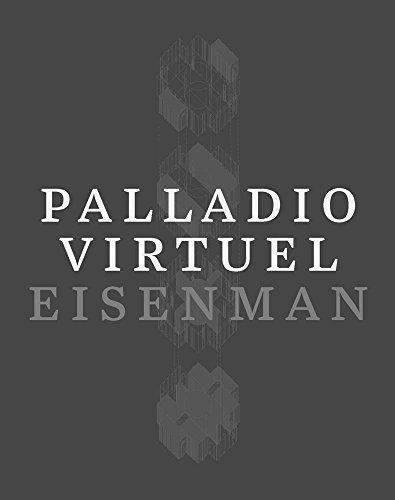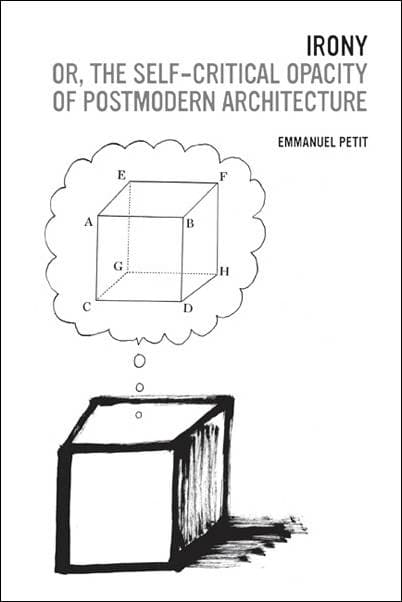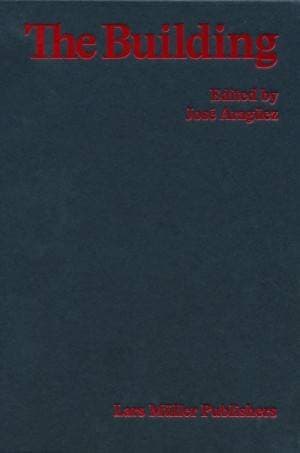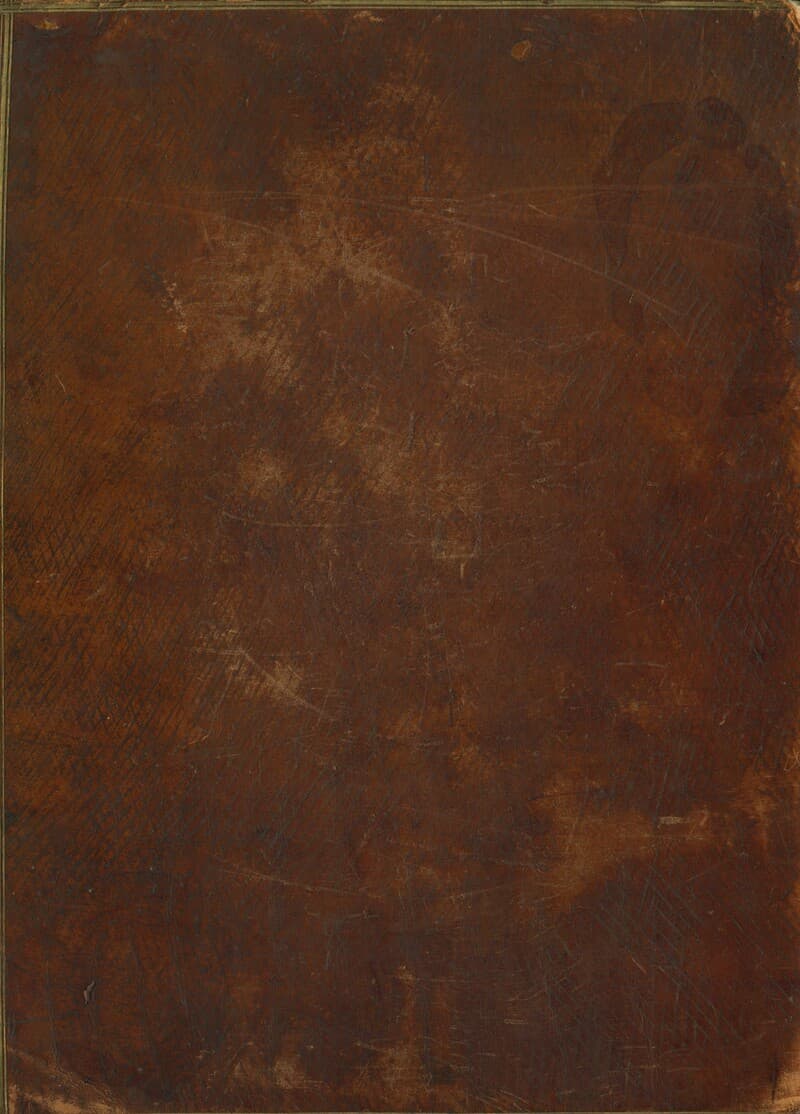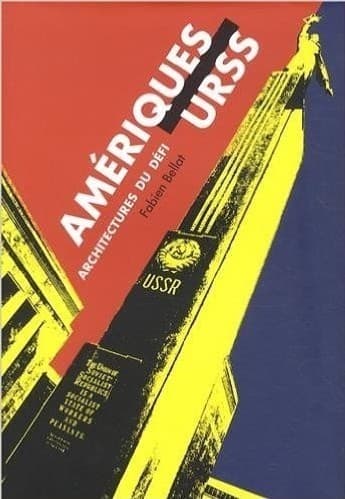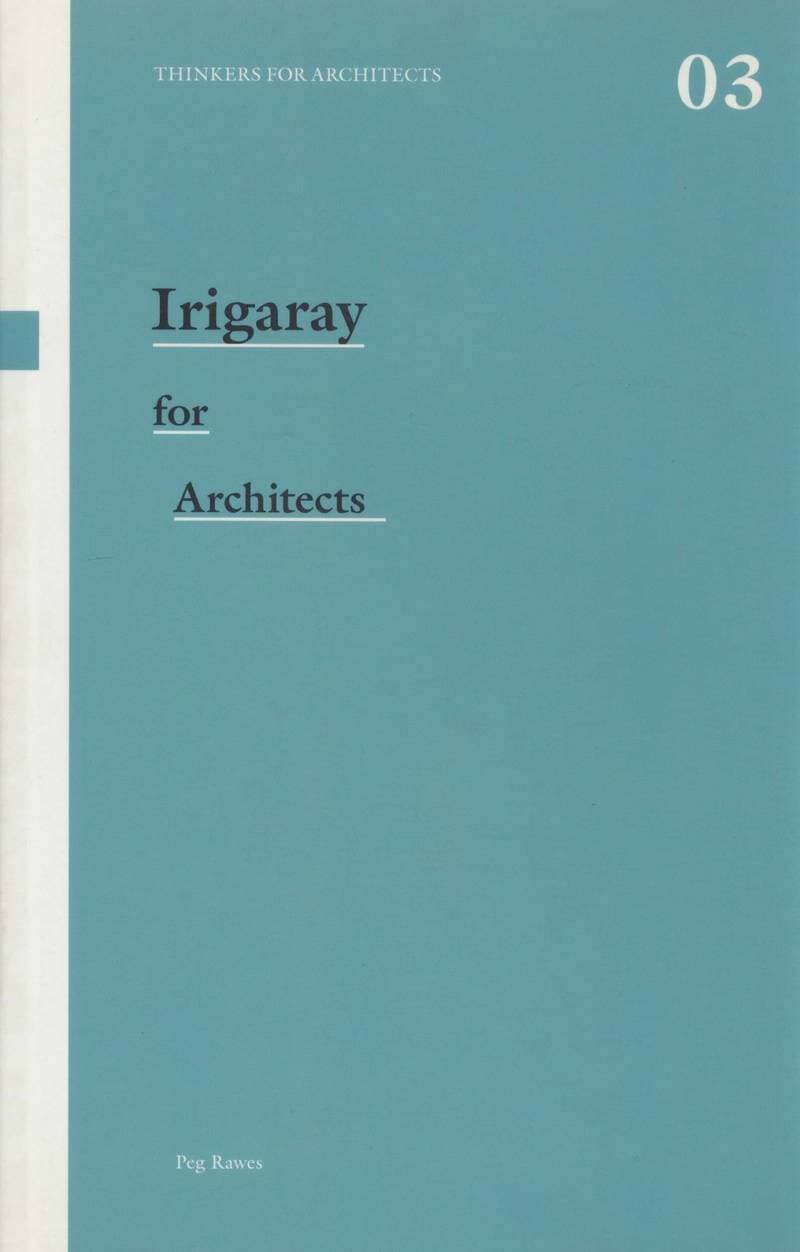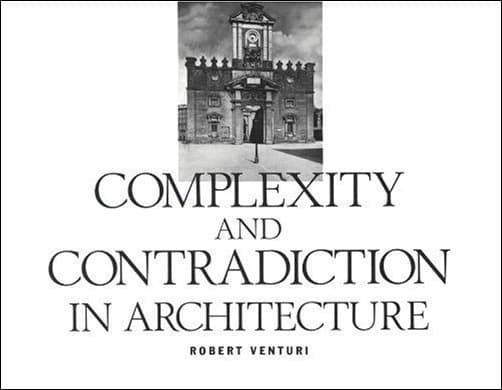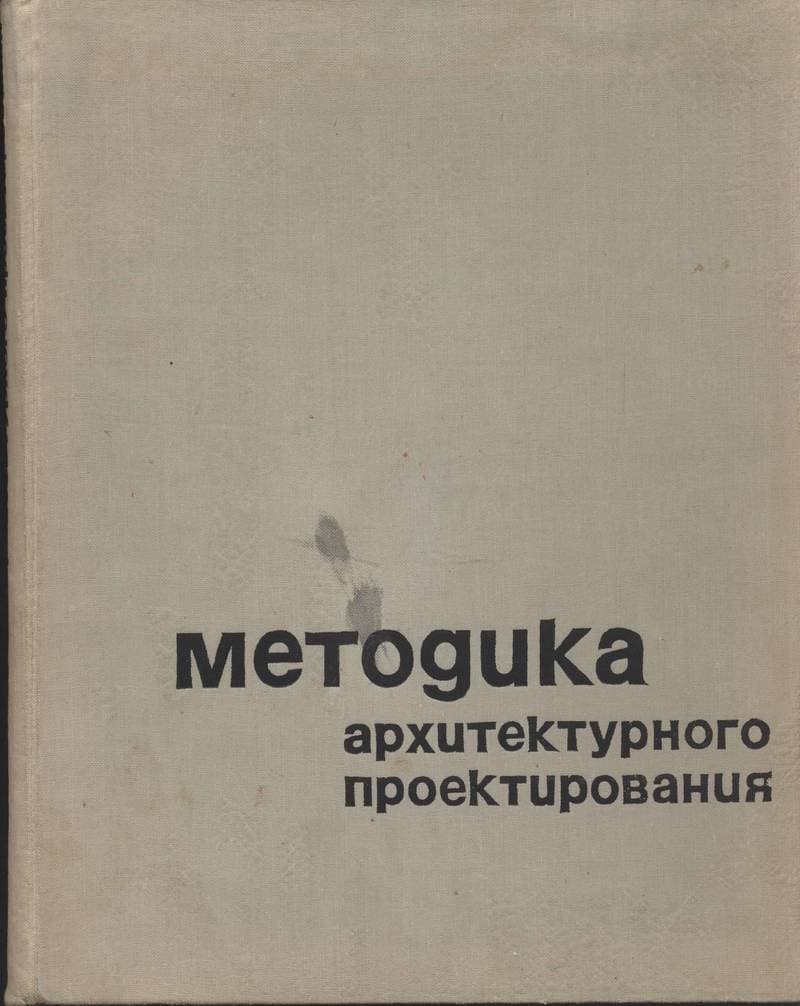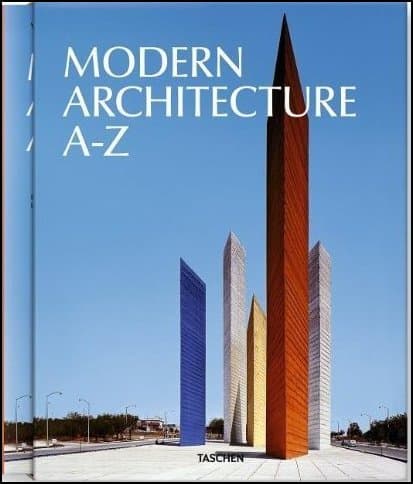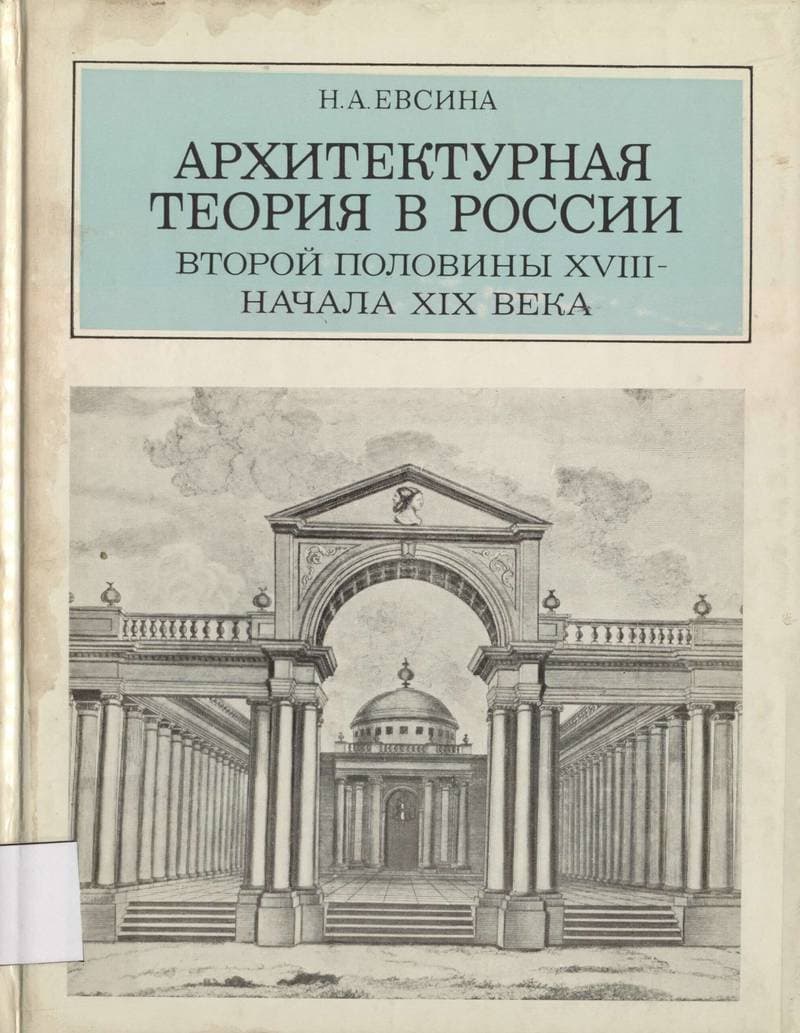Palladio Virtuel
Many historians of architecture have viewed the villas of Andrea Palladio (1508–1580) as physical manifestations of the classical architectural principles described in his treatise The Four Books of Architecture (I Quattro Libri dell’Architettura). Written toward the end of his life, The Four Books illustrates Palladio’s built work, redrawn the way he wanted it to be. In this groundbreaking new study, American architect and educator Peter Eisenman analyzes twenty of Palladio’s villas, offering a radical interpretation of the Renaissance master’s work. Working from an architect’s perspective, Eisenman, with Matt Roman, shows the evolution of Palladio’s villas from those that exhibit classical symmetrical volumetric bodies to others that exhibit no bodies at all, just fragments in a landscape. This conclusion stands in stark contrast to studies that emphasize principles of ideal symmetry and proportion in Palladio’s work. Featuring more than 300 new analytic drawings and models, this handsome book is an important addition to the corpus of Palladian studies and a testament to Palladio’s lasting place in contemporary architectural thought.
Details
New Haven, Connecticut
2015
291 pages
9780300213881
Available on request
Yes
No
720.2 Eis
1
- Irony; or, The Self‑Critical Opacity of Postmodern Architecture2013
- Архитектура и культура1991
- The Building2016
- Cours d'Architecture qui comprend les ordres de Vignole, avec des commentaires, les figures & les descriptions de ses plus beaux Bâtiments, de ceux de Michelange1750
- Amériques‑URSS: architectures du défi2014
- Irigaray For Architects2007
- Complexity and Contradiction in Architecture2011
- Методика архитектурного проектирования в системе архитектурного образования1969
- Границы архитектуры1971
- Творческие противоречия в новейшей архитектуре Запада1986
- Modern Architecture A‑Z. Volume 2. M‑Z2013
- Архитектурная теория в России второй половины XVIII в. — начала XIX в.1985
